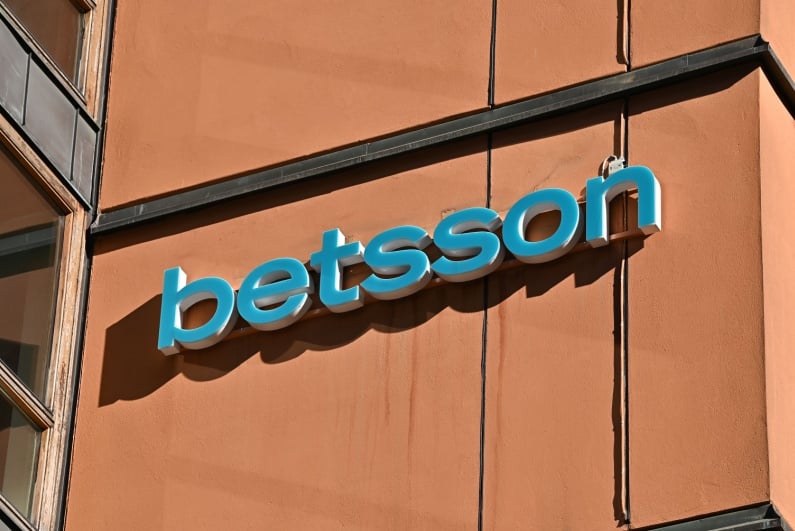Get out of jail free card
MGM Resorts reportedly has an escape clause as part of its contract with the Osaka Prefecture regarding a planned integrated resort (IR) project. MGM Resorts is leading a consortium alongside ORIX Corporation for this proposed casino resort.
a special purpose company called Osaka IR (SPC) has been created by ORIX and MGM Resorts Japan
The consortium signed a Basic Agreement earlier in February with the Osaka Prefecture which outlines that a special purpose company called Osaka IR (SPC) has been created by ORIX and MGM Resorts Japan to work alongside the Osaka Prefecture on this project.
The escape clause would come into play if the central government in Japan approves Osaka to host an IR. The consortium would have the ability to cancel the contract once 30 days elapse after Osaka gets the green light from the central government if market conditions are not satisfactory.
Conditions of the escape clause
There are three conditions in the contract that need to be met in order to avoid triggering the escape clause. The first is that there must be a reasonable expectation that the foreign and domestic tourism levels in Japan will fully recover following the COVID-19 pandemic.
The second condition is a guarantee that the IR rules that the Japan Casino Regulatory Commission puts in place will maintain international competitiveness. And finally, the third condition is that the Osaka Prefecture will take the necessary measures to address concerns regarding soil contamination at the planned IR site.
As per the contract, Osaka IR (SPC) has to make all reasonable efforts to determine that the conditions will be fulfilled. However, the SPC still will have the ability to decide whether or not the conditions have been met. If the consortium decides to trigger the escape clause, it must inform Osaka officials within 60 days of the central government’s awarding of the IR license. The SPC partners would then have to pay ¥650m ($5.65m) to get out of the agreement.
Plans for the IR
It is still up in the air whether Osaka will even get the go-ahead for an IR project. Wakayama and Nagasaki are the two other prefectures that are still reportedly in the running for licenses. The deadline for prefectures to submit their bids to the central government is April 28, 2022. The IR Implementation Act allows for the issuance of as many as three licenses, though there is no requirement to hand out all of the licenses.
total development cost for an Osaka IR would be around ¥1.08trn ($9.4bn)
The planned MGM Resorts IR project in Osaka would contain a large casino, 2,500 hotel rooms, and a wide range of entertainment and business-related facilities. It is expected that the total development cost would be around ¥1.08trn ($9.4bn). The proposed timeline would be to break ground on the project next year and have the property ready to open in 2029.




